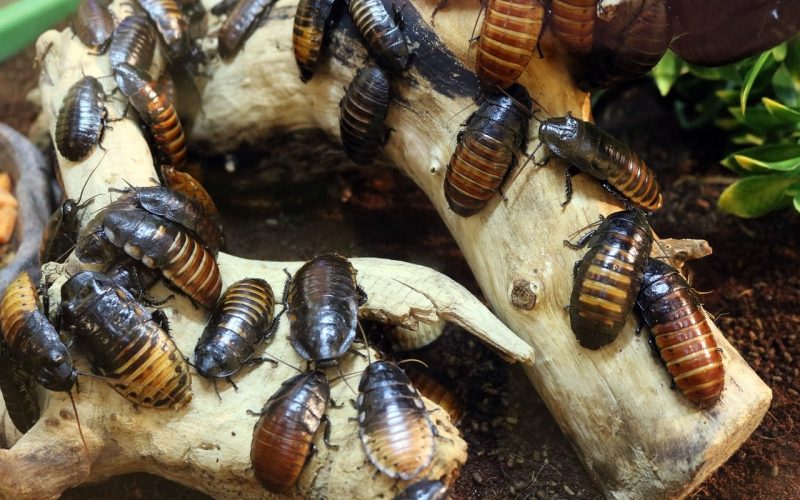Nothing is worse than turning on the lights at home to see roaches crawling off. In the best of circumstances, controlling roaches may be challenging because they are quick, tough, and smart.
You cannot, however, ignore their existence. Finding plants that repel roaches might solve an immediate issue.
These bugs are unclean to have around the house since they transmit diseases and may grow swiftly in the correct conditions.
Introduce plants that repel roaches into your house as one option.
There are a number of these plants that may help keep roaches at bay and prevent them.
1. Pitcher Plant
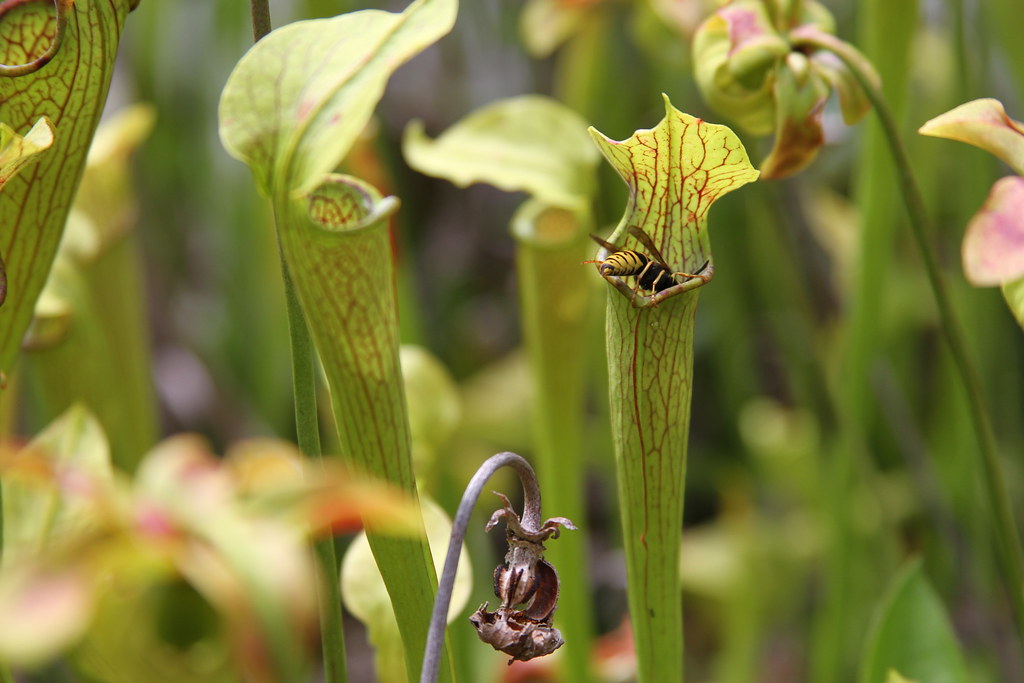
One of the finest plants that repel roaches is this perennial carnivore.
The pitcher plant may effectively eliminate all types of pests. Even cockroaches avoid coming into contact with it.
Pitcher plants transition from bright yellow flowers to a magnificent reddish color of a mature insect pitcher in the summer, exhibiting breath-taking developmental stages.
This plant is the solution if you’re wondering how to keep roaches away at night.
No insect can resist the pitcher plant’s appeal thanks to its vibrant colors, and once they’ve been lured inside the flower, there’s no getting out.
These insect-repelling plants like the full sun and often need water for a moist bed.
In addition, you’ll need to maintain them in somewhat acidic soil, but apart from that, you’re allowed to marvel at these deadly beauties.
If you take care of the pitcher plant correctly, it won’t get any diseases and will continue to develop its roach-repelling substance indefinitely.
2. Lemongrass

Lemongrass is a tropical grass cultivated for culinary and decorative uses.
It is one of the Poaceae family’s most distinctively fragrant species.
It is renowned for its long, blue-green leaves with a smooth margin and is astonishingly simple to maintain and spread in warm climates.
Due to its citrus-scented essential oil, fresh and dried leaves may provide a strong taste to foods.
Lemongrass oil contains a significant amount of limonene, a phytochemical with insecticidal effects.
This substance naturally repels roaches and other insects and is present in lemon and many other citrus fruits.
A toxicity test that examined lemongrass’ potency as a roach repellent revealed that the oil’s direct ingestion was fatal.
On the other hand, sub-lethal levels had a 100% repellent effect.
Pure oil extracts should work best, yet complete tufts of planted lemongrass should still emit a scent, particularly if parts of the leaves are brushed or clipped.
Grass clippings may also be collected and scattered in places where pests congregate.
3. Eucalyptus

Eucalyptus is a medium-sized, often quite big tree with smooth, variably colored bark.
If you’re fortunate enough to have eucalyptus growing on your property, you should take special care since it may help you ward off pesky insects.
It is a beautiful decorative tree that may protect your property from curious eyes, provide shade, and block the wind.
These trees are like a soil type like diatomaceous earth that is well-drained and receives direct sunlight. In zones eight to eleven, they can withstand the cold.
These are regarded as one of the finest plants that repel roaches. Its oils are powerful roach repellents, but you don’t need to plant a tree in the yard to utilize them.
Purchasing a few bottles of essential oils and using a diffuser can work just as well. In addition to freshening up your house, they will keep those bothersome pests out of it.
4. Catnip

One of the greatest plants that repel roaches is catnip. This lovely perennial that forms a cluster of branching stems packed with fragrant leaves serves as a natural roach deterrent.
Although they produce white flowers that remain on the plant for the growing season, they resemble mints.
Children with fevers may benefit from this medicinal plant, which can also be brewed into tea to relieve stress, sleep, and sore throats.
It’s not just a versatile remedy; it’s also used to ward off cockroaches, roaches, ants, and other insects.
Nepetalactone, a chemical found in catnip leaves, is very efficient against bothersome insects.
This chemical compound is a component of natural pesticides, so it makes sense.
Be careful since catnip may harm animals, so if you have cats nearby, you should pass on this.
It will grow better if you put it in diatomaceous earth and can even stand in the sun or shade. It can withstand the severe winters seen in climatic zones 3 through 8.
5. Garlic
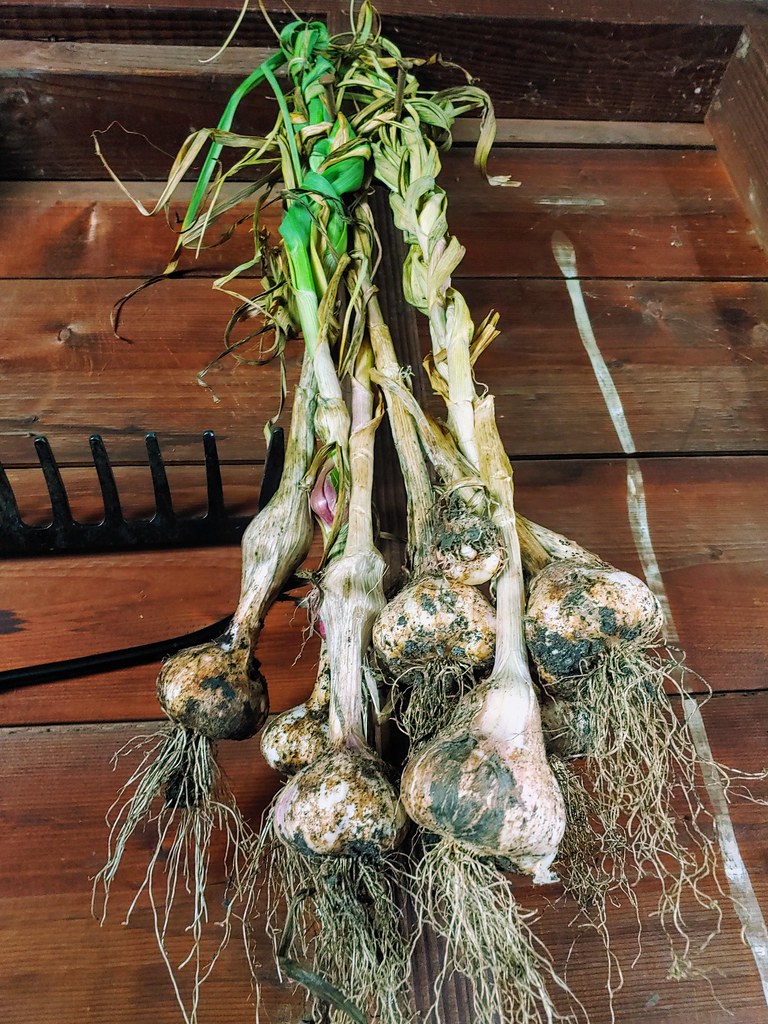
Without adding this universal spice, no list of plants that repel roaches would be complete.
One of the annual plants growing since the dawn of humanity is undoubtedly garlic. Despite being a native of the Mediterranean, it is loved all over the world.
The tasty and fragrant bulbs the garlic plant produces may contain up to 12 cloves of this priceless herb.
Rich, well-drained soils with direct sun are ideal for their efficacy. Strong winters won’t bother garlic, either. It can survive climates from one to five since it is in the ground.
Almost all pests, including roaches, snakes, spiders, and insects, are easily deterred by this smelly plant.
The scent of those magnificent white bulbs attracts roaches. However, as soon as they taste it, they flee.
It’s because garlic cloves contain a lot of allicin. It will kill and prevent roaches while doing wonders for humans.
6. Lavender

This must be one of the best plants that repel roaches. Most people like the purple flowering plant lavender, which is also quite simple to cultivate.
The plants produce flowers in the middle to late spring, and sometimes they produce a second flush later in the year.
The plant may be cultivated as a hedge, a perennial decoration, a pot plant, or a lovely addition to your herb garden, making it highly adaptable. Wherever it grows, roaches are found to be repelled by it.
It enjoys dry, aerated soil and does well in direct sunlight. In zones five to nine, they can withstand the cold.
Its fragrant flowers may be cut, preserved, and utilized to transport the scent of a new field inside.
They are used as potpourris but may also be hung in places requiring freshening.
It’s a terrific idea to store a bag with these insect-repellent flowers inside your closet. This will stop insects from biting your clothing.
7. Chrysanthemums

Some of the most powerful insect-repelling components are pyrethroids, which are generated synthetically and added to insecticides with chemical bases.
Amazingly, the components used in their formulations (pyrethrins) are present in almost every species of chrysanthemum flower.
Chrysanthemum flower heads may be crushed and used as a natural pest deterrent in large-scale farms.
Among the various insects that pyrethrin-rich insecticides can manage, roaches are only one of them.
Chrysanthemum powder also deters mosquitoes, flies, fleas, ants, moths, and other insects. Despite minimal toxicity for people and other animals, it can kill and repel common pests.
Watch out that you don’t breathe or contact it with bare hands to prevent allergic responses.
You must gather the flowers from chrysanthemums to utilize them as a roach deterrent around your house or yard.
The plant does not usually work well as a repellant unless its flowers are present.
Plant fresh or dried bloom cuttings where roaches are most prone to assemble. This is undoubtedly one of the best plants that repel roaches.
8. Rosemary

This lovely evergreen shrub is wonderful to grow in your yard and makes a wonderful spice for grilled meats and other foods. There is also a variant referred to as “barbecue.”
Throughout the summer, clusters of blue flowers with seeds for reproduction develop on the stiff, woody stalks of rosemary.
They benefit from the full summertime sun and rich, very well-drained soils.
If you live in a climatic zone seven to ten and are wondering how to keep roaches away from plants, consider growing a lot of rosemary in the garden.
Both indoors and outdoors, rosemary is an extremely efficient pest control method.
As a live plant, it is harmful to roaches and cockroaches. However, you may also utilize the clippings. They may be dispersed, brought inside, or hung in the kitchen.
Thanks to the strong scent of rosemary flowers and leaves, you’ll know you’re in a bug-free area, which will help you effectively ward off pests.
9. Bay Leaf Plant
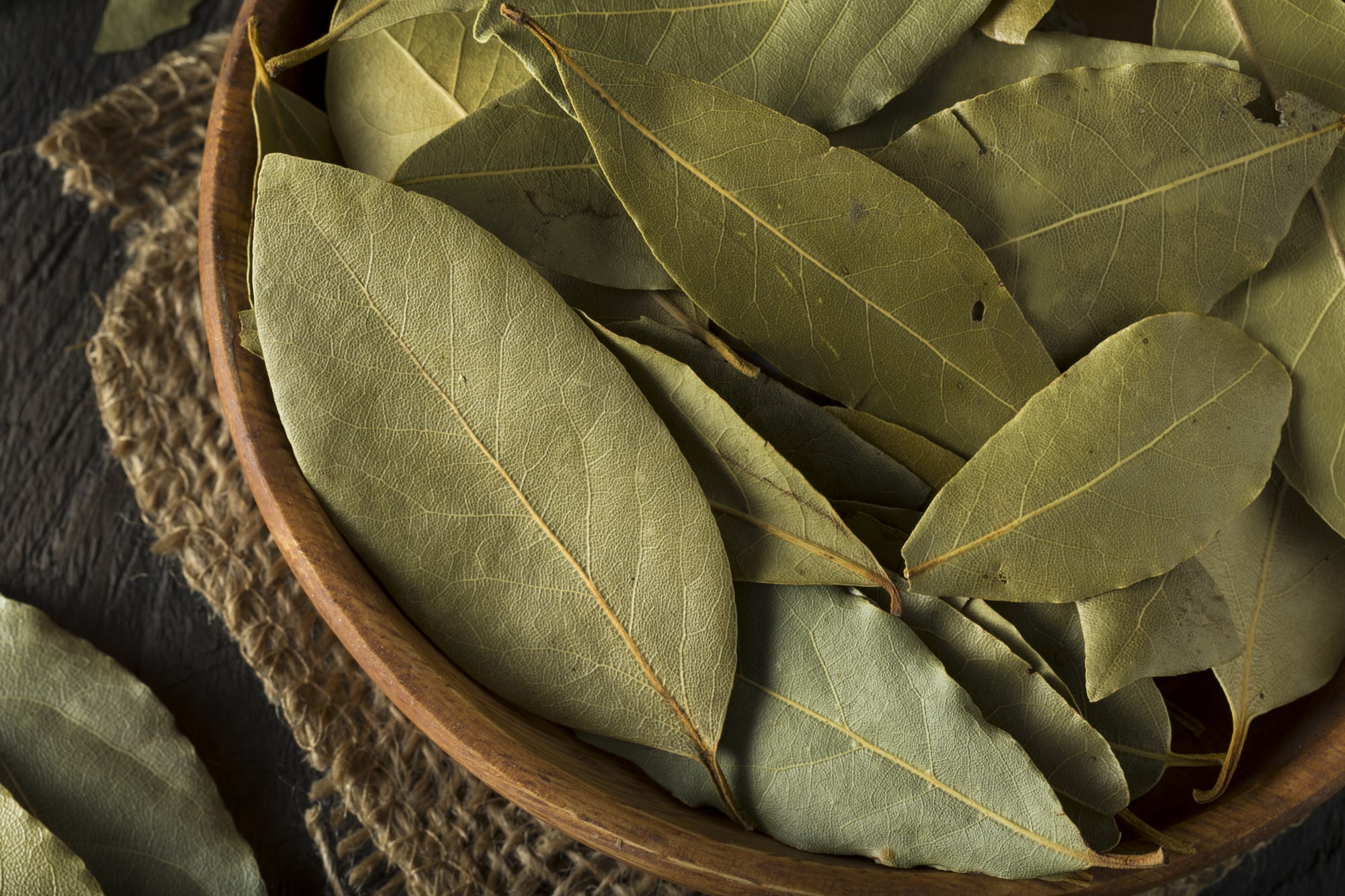
Especially in Italian cooking, bay leaves are a preferred spice. Additionally, aromatic bay leaves work well if you wish to keep roaches away.
It may be added to practically any area and could act as lovely landscaping or bedrock addition.
It develops as a miniature tree in a container but may grow to a height of a few feet when planted outdoors.
There are several bay leaves on every branch. They are only winter hardy in zones seven through ten, so consider the weather to keep them outdoors.
Taking care of and maintaining this natural roach repellant is extremely simple.
You don’t need to be concerned about the watering schedule since it enjoys sitting in damp soil, and you can cut those gorgeous roach-repellent leaves at any time of the year.
If you’re wondering if basil deters roaches, you can also grow that fragrant plant in your kitchen.
These are regarded as one of the best plants that repel roaches.
10. Mint

More than a dozen excellent species are found in the Mentha genus, a wonderful collection of plants in the Lamiaceae family.
These stand out among fragrant herbs because of their strong flavor and scent.
For both industrial and decorative uses, some of the most often cultivated varieties are spearmint (Mentha spicata), watermint (Mentha aquatica), corn mint (Mentha arvensis), and peppermint (Mentha x piperita).
The high menthol content of the essential oils of all mint species is something in common.
Even though menthol has a pleasant scent and taste to humans, many pests find it irritating and harmful.
Exposing different kinds of roaches to pure mint plant extracts has shown that the oils can eliminate these insects.
You may cultivate mint plants inside, plant them outdoors, or utilize their essential oils to repel roaches effectively.
Since roaches like damp environments, which often foster the development of most mint species, you may put these plants close to potential roach nesting locations.
11. Osage Orange
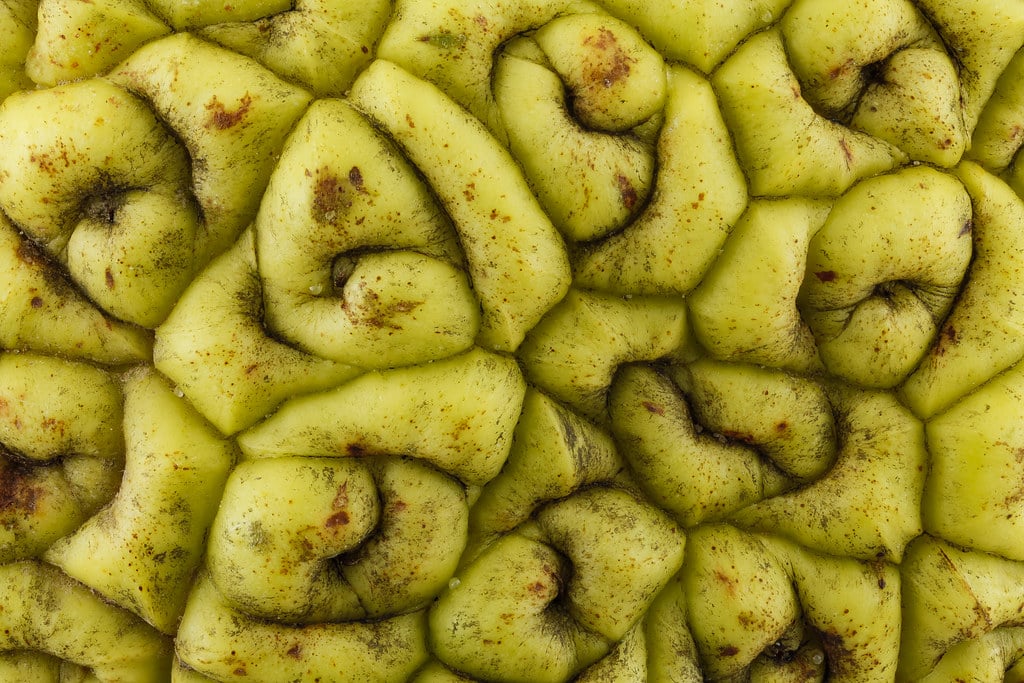
The Osage orange is a useful tree that may be found across its native area in savannas, mountains, and grasslands.
Its twisted and knotted wood is renowned for its ability to resist decay and for being high-quality timber.
It is a great option for making wooden posts and door knobs because of its high heat value and durability.
In addition to these advantages, this extraordinary tree is one of the best plants that repel roaches.
Despite the plant’s popular name, it has absolutely nothing to do with the citrus family of fruits, including oranges. Instead, it belongs to the Moraceae, or fig, family.
The oranges from the Osage orange tree are rough and yellow-green, unlike normal oranges you’ll likely encounter at the store.
The inedible fruits, often known as hedgeapples, have milky, chemical-rich latex with insect-repellent properties.
Hedgeapples can be used to keep roaches, houseflies, and mosquitoes away in confined quarters, even if they may not be sufficient to stop bug infestations.
If you can grow this tree in your yard, you may gather its fruit and scatter its aromatic slices next to doors and windows.
Note that natural outdoor repellents could work better than hedgeapple slices.
12. Citrus Plants

The citrus family of plants is among the best plants that repel roaches.
While oranges are fantastic, the lemon and lime essential oils contain genuine juicy juice. If there is a lime tree nearby, you will succeed.
In any case, go ahead and plant one. In your yard, limes are shrubby, often thornless trees that protect from insects.
They adore direct sunlight and want healthy, wet soil that is well-drained.
Citrus fruits are often planted in zones nine to eleven since frost readily destroys them.
Use practically any citrus fruit to keep roaches and other bugs out of your home.
Their oils are excellent since all citrus fruits have these oils incorporated into their skin, and you may use them in diffusers to preserve the air.
You may try saving the peels from your lemon, orange, and lime. Put those peels on top of the radiators in your house so they may gently exude their wonderful scent.
13. Marigold

This abundant bloomer is cultivated for its lovely orange petals. Fast-growing marigold just craves attention in any garden setting. Even the blossoms are tasty.
They are used in various cuisines, including salads, soups, and rice dishes, to provide color and taste.
They take little upkeep and are exceedingly simple to cultivate. Marigolds are ideal for planting in any environment since they can withstand frost and survive winters in zones two to nine.
Marigolds are the perfect choice if you’re wondering what plants are attractive and effective at keeping roaches out of the home.
Since marigolds are so high in pyrethrin, a component often found in pesticides and roach repellents, no bug can tolerate them near your home.
Furthermore, it deters cockroaches. If you put them on your window sill or step stool, they make the ideal first line of defense.




